Medieval Warfare picks up where its sister magazine, Ancient Warfare, leaves off. Starting around 500 AD, Medieval Warfare examines the world during the Middle Ages up through the early years of the Renaissance (the magazine generally leaves off in the 16th century). While popular topics such as the Crusades and the Vikings are given regular coverage, Medieval Warfare also tackles more complex and obscure topics, ranging from the Umayyad Caliphate versus the Byzantine Empire to horse trading in 14th-century England.
Medieval World Culture & Conflict Magazine
Editorial
Evidence for Viking dental care
DNA used to discover origins of medieval chess set
‘Govan Warrior’ discovered in Scotland
Early medieval saddle discovered in Mongolia
The secrets of a queen's lost letters
A prehistoric artefact in a fifteenth-century painting
ON THE COVER
TSUSHIMA ISLAND • In 1281, a Mongol army embarked upon allied Kore- an ships and made landfall on Tsushima Island. Lust for plunder drove battle-hardened troops across the narrow beach to ascend the wooded highlands be- yond. From prepared positions high above, a handful of samurai pledged to the So family watched the land- ings and waited anxiously. There were too few of them, but they had sworn to make their stand, nonethe- less. For the outnumbered defenders, this must have seemed a bit like déjà vu; they had been here before.
The Imjin War
IT'S IN THE MAIL • We tend to picture the knight as a robot-like fig- ure, a tin man clad head to toe in shining steel, mounted on a warhorse armoured every bit as heavily and brightly as its rider. The truth is that the medieval knight might fall short of this ideal.
THE BATTLE OF ADRIANOPLE • Baldwin IX of Flanders took the cross to lib- erate Jerusalem and found instead a seat on the throne of Constantine. He would not sit on it for long. While Constantinople had fallen to the warriors of the Fourth Crusade, its empire was another matter. Refashioning it in their own image led to infighting over land, while their growing arrogance and mistreatment of their Greek subjects galvanized many to re- sist. The people of Adrianople took it a step further and formed an alliance with the Bul- garian King Kaloyan, whose army met Bald- win's own a year to the day since Constan- tinople's fall. It was not a happy anniversary.
The ‘Roman Slayer'
CHARLES IV OF BOHEMIA • In 2005, a poll was conducted in the Czech Repub- lic to address the question of who the inhabitants of this Central European country considered to be “the greatest Czech” in history. The voting put the King of Bohemia and Holy Roman Emperor Charles IV (1316–1378, r. 1346–1378) into the first place spot.
A NEW CHARLES • Charles IV was born on 14 May 1316. He was the first-born son of King John of Luxembourg (1296– 1346, r. 1310–1346) and Queen Elisabeth (Eliška) Přemyslid (1292–1330). This identity enabled him to become the supreme temporal ruler of Eu- rope in the second half of the fourteenth century.
The Bohemian crown jewels
THE CHARLES BRIDGE • In November 1378, Emperor Charles IV (1317–1378) died and only an hour after his death, a fire is said to have broken out in the hospital of the Order of the Cross with the Red Star at the end of his new bridge. These two events were symbolically linked in sources in the same way that Einhardt the Frank's Vita of Charlemagne (748–814) linked his death to the burning of the wooden bridge in Mainz that he had built – suggesting a connection not only between the two events but also between the two great Holy Roman Emperors.
A RULER'S DUAL IDENTITY • The man who helped Prague flourish established a reign with a dual character. As both King of Bohemia and Holy Roman Emperor, Charles IV blended two identities with different political...
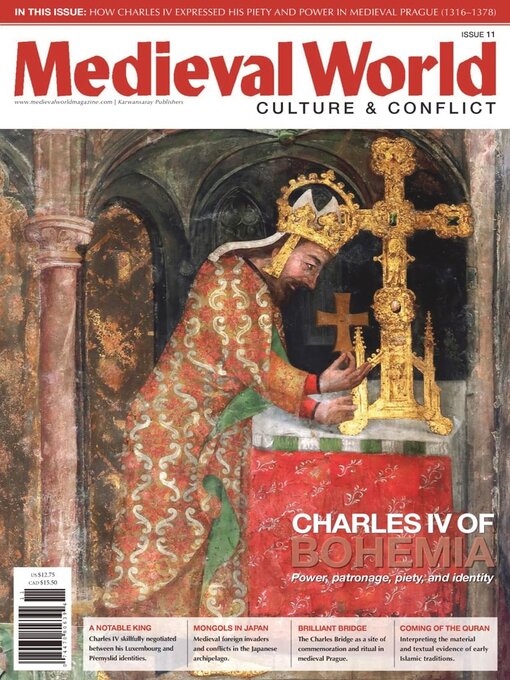
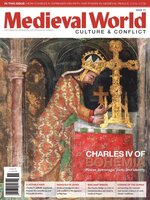 Issue 11 - 2024
Issue 11 - 2024
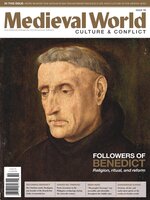 Issue 10 - 2024
Issue 10 - 2024
 Issue 9 - 2023
Issue 9 - 2023
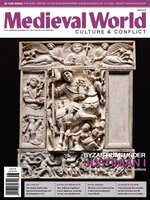 Issue 8 - 2023
Issue 8 - 2023
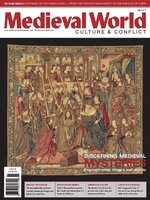 Issue 7 - 2023
Issue 7 - 2023
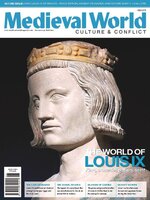 Issue 6 - 2023
Issue 6 - 2023
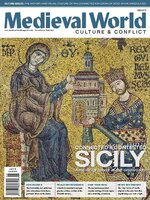 Issue 5 - 2023
Issue 5 - 2023
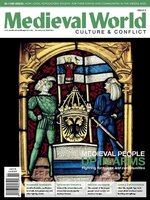 Issue 4 - 2022
Issue 4 - 2022
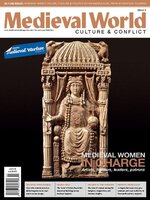 Issue 3 - 2022
Issue 3 - 2022
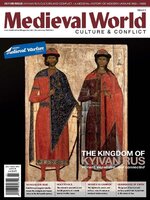 Issue 2 - 2022
Issue 2 - 2022
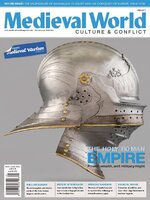 Issue 1 - 2022
Issue 1 - 2022
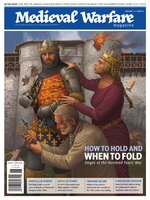 MW X11.1
MW X11.1
 MW X1.5
MW X1.5
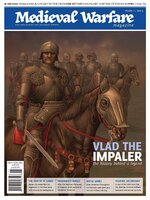 MW X1.4
MW X1.4
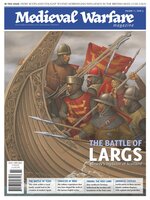 MW X1.3
MW X1.3
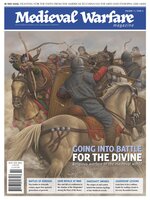 MW X1.2
MW X1.2
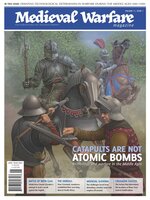 MW X1.1
MW X1.1
